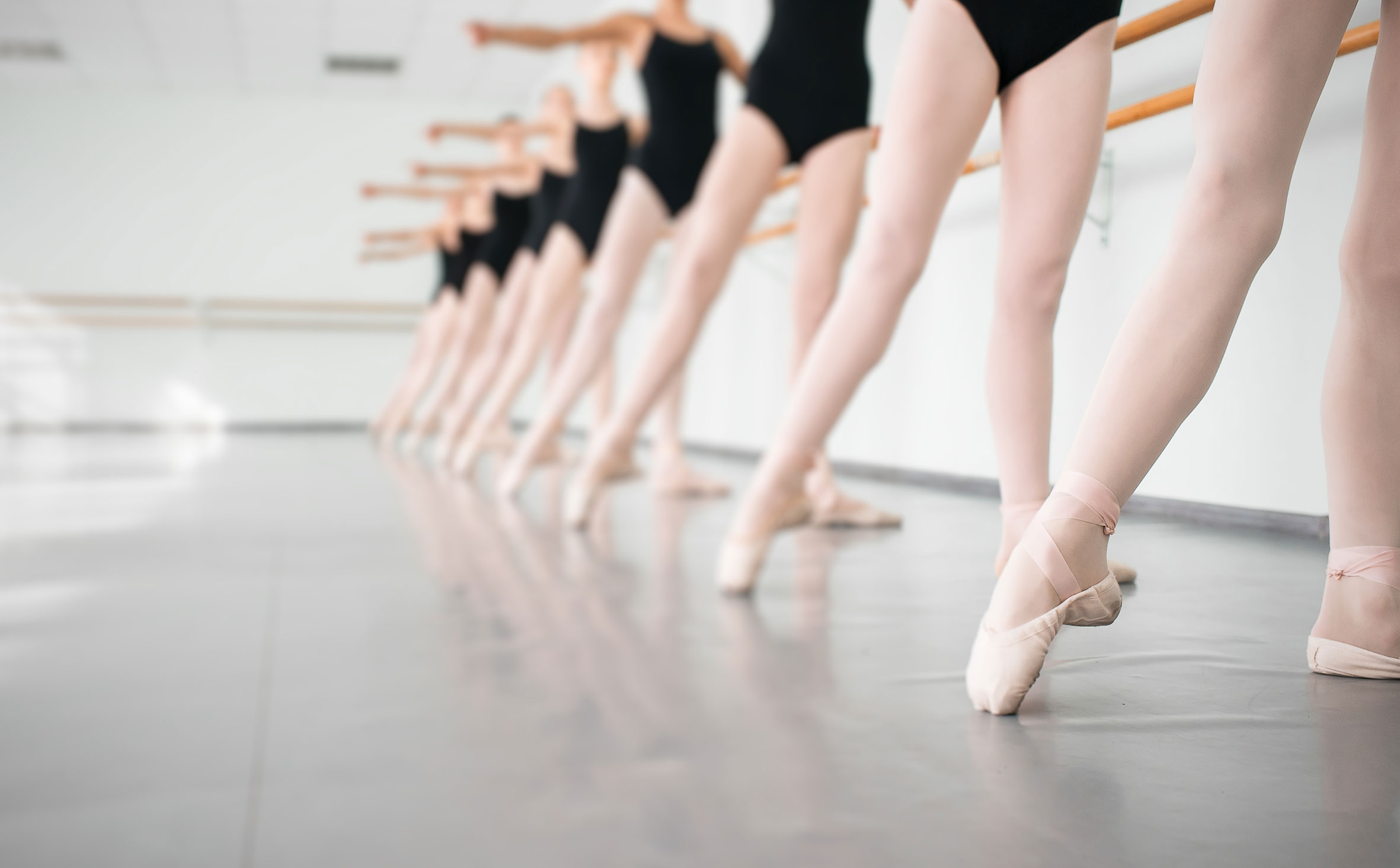Dangers of Early Specialisation in Dance
Too Much, Too Soon – Reflections on the current trends in dance training
As published in Dance Train Magazine by
Donna Oliver ARAD, AEP. – Exercise Physiologist, Pilates Practitioner and Lindsay Ellman-Brown MCI (QUT Dance Teaching) LRAD, ARAD, RAD Examiner
The recent increase in the number of full-time dance training courses and the ever-decreasing age at which some children have been advised to enter these programs has created controversy within the industry. Many stake holders, including parents, are questioning the wisdom of early specialisation by children. In this opinion piece, the authors explore the current trends in dance training and look at some of the evidence surrounding full time dance training at an early age.
Early Specialisation – how did we get here?
The historic and relative success in sports and dance in former communist countries as well as heightened media coverage of highly successful athletes previously engaged in early specialisation may contribute to the perception that this pathway is necessary to achieve elite status.
Additionally, a drive to succeed, sees some students in excellent dance schools panic that they are not training in a full-time capacity. Many will see their “full-time” peers winning competitions and feel that they are falling behind. Parents, attempting to give their “gifted” child an edge may also encourage early specialisation. There is however no evidence to support that early success is a guarantee of later success. Winning competitions at a young age has absolutely nothing to do with becoming a professional dancer.
What are the risk involved in early specialisation?
It is the talented few that are the visible minority in early specialisation in both sports and the arts, whereas the overwhelming majority participate and pass under the radar. It is a very small percentage of recreational dance students that move into professional arena. Some statistical data extracted mostly from sporting studies suggest this number may be as low as 0.3%. It is therefore no wonder parents express concern about children leaving school at such a young age for an extremely uncertain future.
From a physiological perspective, early specialisation may put the participant at higher risk of Injuries from overuse. Repeated micro trauma on tendon, muscle and bone are a consequence of repetitive movements. The prevention of these injuries requires a slow and gradual loading of these structures over extended time to allow tissues to adapt to higher functional needs. Unfortunately, unlike some sports, dance is a year-round activity and overuse injuries such as tendinopathies or stress fractures are not allowed time to heal while preparing for ballet exams, concerts and other performances.
Psycho-social development is emphasised in much of the literature on early specialisation. Studies report social isolation which may limit opportunities in non-specialised developmental experience, peer interaction, social activities and independence. In worse case scenarios studies report arrested behavioural development and socially maladaptive behaviours
Young people need to develop into resilient and mature members of their communities and attendance at school plays a very important role. The experiences they engage in away from the ballet studio allows for the development of well-rounded human beings and the creation of educated dancers who can portray emotion and artistry on stage rather than developing technicians and acrobats. It is important to be exposed to like-minded ballet friends but equally important to have non-ballet friends.
Is 12 or 13 years of age too young for full time dance training?
In this scenario, the ongoing education of the student is paramount. Young students engaged in a full-time dance schedule, sometimes 6-10 hours a day, 6 days a week are often overwhelmed by keeping up with academic studies by distance learning.
With current literature highlighting the physiological, developments and psychological risks of early specialisation and a lack of evidentiary support, it appears to be a potentially costly venture with a low percentage pay off. It is difficult however for parents to know how to guide their child, who is desperate to leave school and dance and do not wish to ruin their child’s dreams
What about burnout?
Studies suggest that high physiological and psychological demands experienced during early specialisation may lead to burnout. Signs may include agitation, sleep disturbance, loss of interest in performance, nausea and frequent illness. There is always the risk is that burn out may occur prior to maturity and that their full potential may never be reached.
Early Specialisation as a business model
Previously, students who wished to engage in full-time dance training would leave their local suburban dance studio to attend an established pre-professional institution. However, increasingly the industry is seeing a reluctance of some teachers to send their students elsewhere. This reluctance has been the catalyst for many to establish their own full-time courses.
There is huge pressure on these new stakeholders to create a business model that prioritises the health and well-being of the potential students while balancing the fiscal realities of a commercial venture. The temptation to bolster the bottom line with those unsuitable to a dance career or the exploitation of young talent for financial gain and marketing may be a temptation some are unable to resist.
Who do we turn to for advice?
Striking a balance between supportive parent and “dream-crusher” is a difficult but an important one. Parents should encourage an open discussion about their concerns with their dance teacher. Others that may be helpful to consider liaising with are:
· an experience sport/dance psychologist.
· people with experience in the field of professional dance, people who really understand the requirements of a young dancers in semi-professional training.
· An allied health practitioner with dance expertise to undertake a physical assessment to identify potential risks and injuries
Other resources:
1. International Association for Dance Medicine & Science.https://www.iadms.org/
2. Ausdancehttps://ausdance.org.au/
Back
